More on “no knead” bread…
Readers of my blog and twitter feed know that I’m a fan of Jim Lahey’s “no-knead” bread. If you haven’t heard of it, just do some googling, or go ahead and buy Lahey’s book “My Bread”. The basic idea is to make a very wet dough with just a tiny amount of yeast, but rather than kneading it to develop gluten and structure, you basically just let the dough rest for 12-24 hours, and then bake it inside a covered heavy iron dutch oven at 500 degrees, covered for 30 minutes, and uncovered for 15.
Here’s a loaf I baked tonight (which uses sourdough instead of yeast, but same basic idea):
I’ve taken to baking a loaf of this a week. I start the dough on Wednesday night, bake it on Thursday night, and I bring it to work for a little group perk for my coworkers. I like it sliced up, and then toasted, with either some peanut butter or maybe some home made jam that my manager likes to bring in. It’s just so… civilized.
Nevertheless, it doesn’t seem like everyone agrees with me. My friend Lou has apparently not figured out how to do it: I think I’ll have to either visit him, or maybe make a good youtube video showing how I do it, and see where he’s going wrong. Of the dozens of loaves I’ve made, I’ve only had two real failures: both by “over rising”, once because I let the dough get too warm and it just kind of exploded, the other where I let it go too long, and the second rise just… didn’t. Not sure what he’s doing wrong. Anyone have a difficult time making no-knead? I’m at a loss.
But some people seem to just hate the idea of no knead bread. Witness this article from Slate
telling you that no knead bread is just wrong. To do so, the author likens it to “no-kissing sex”, and that this approach lacks “interaction” with the bread dough, and besides, kneading bread is faster.
Look, you can make bread however you like. I’m under no delusions that my bread is superior to bakery bread, and I don’t have the skill to make many varieties. I even will say that my bread is likely inferior to the Anderson’s bread. But it definitely is better than the processed, sliced stuff you get at the megamart, and just the fact that it’s relatively simple does not mean that it’s not worth doing. And I think it’s comical to claim that it takes more time to make than kneaded bread. My bread takes five minutes of work on Wednesday, and a similar amount on Thursday. Yes, you have to plan ahead for this bread. But I work for a living. When you get home at six or seven in the evening, making a loaf of conventional kneaded bread is just not in the cards. But starting some dough before going to bed, and baking it the next day when you get home is easy.
I could criticize Anderson for not making bread the way they do in the (excellent) Tartine bread book. It’s certainly more involved, and judging by the loaves made by my manager with that method, clearly superior to my own bread. But it takes a lot of care, and a lot of time, and even a fair amount of skill. Until my own skills develop, I’ll be happy to eat my simple bread. It’s good.


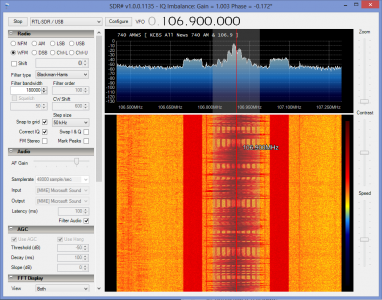

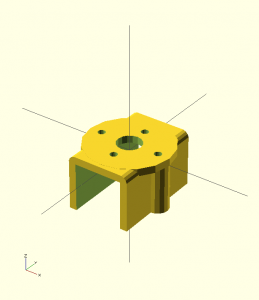
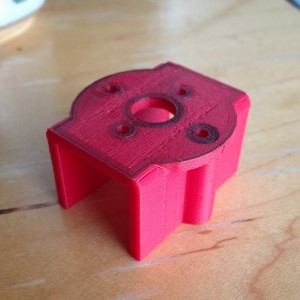
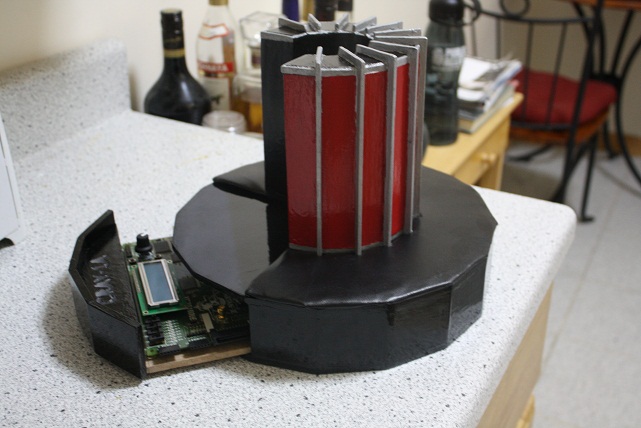
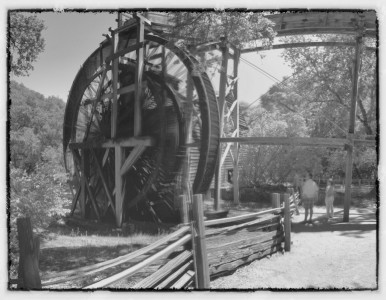
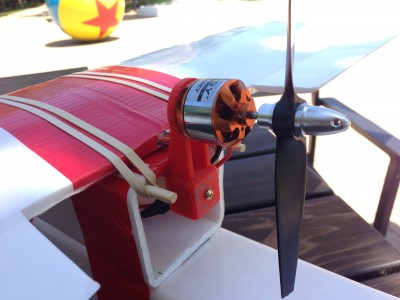
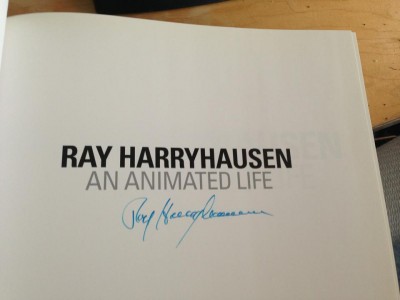
I recall burning three or four weeks of a sabbatical getting Saccade.com on the air with Wordpress. So much tweaking…